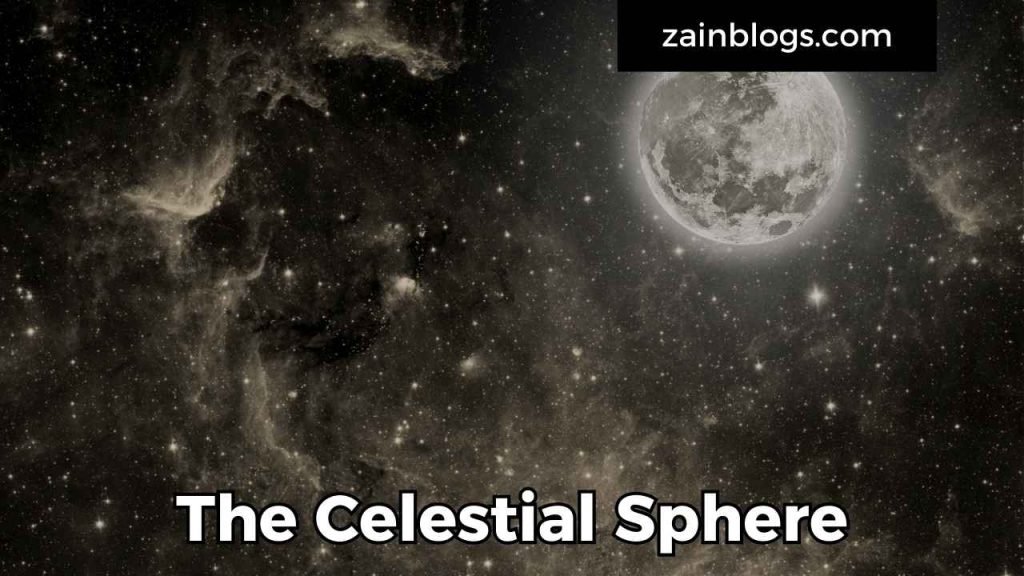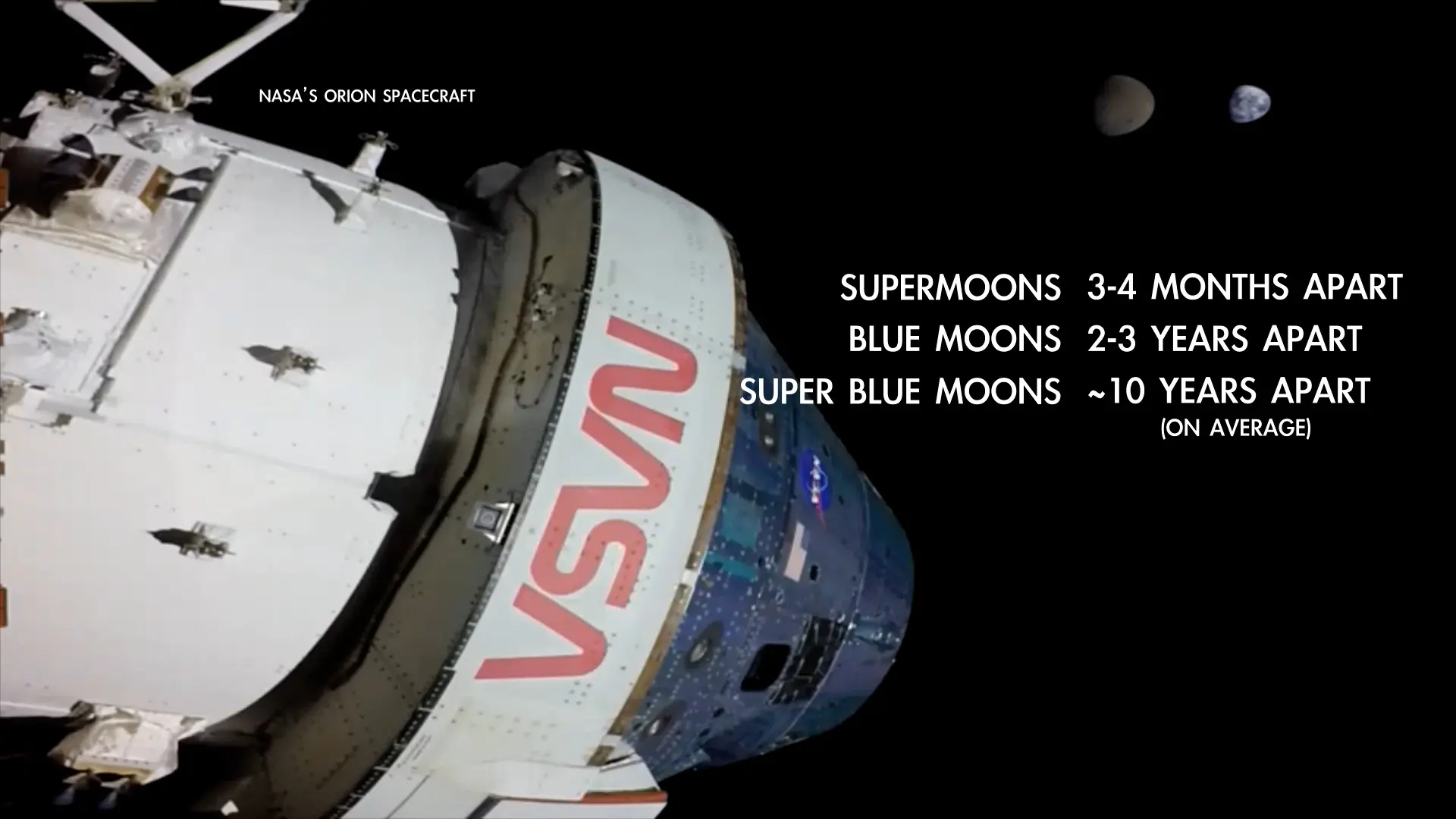Table of Contents
Introduction
Astronomy illusions are phenomena that occur when our perception of celestial objects is distorted by various factors. These illusions can arise from atmospheric conditions, optical effects, or even the way our brains interpret visual information. For example, the way the moon appears larger when it is near the horizon compared to when it is high in the sky is a classic example of an astronomy illusion.
Understanding these illusions is essential for both amateur Astronomy Illusions and enthusiasts alike. By recognizing how our senses can be deceived, we can enhance our appreciation for the beauty and complexity of the universe. Moreover, distinguishing between real astronomical events and mere Astronomy Illusions can lead to a deeper understanding of celestial mechanics.

The Moon Illusion
One of the most famous astronomy illusions is the Moon Illusion, which occurs when the moon appears larger near the horizon than it does when it is overhead. This phenomenon has fascinated humanity for centuries, leading to various theories and explanations. The most accepted explanation involves the way our brains perceive objects in relation to their surroundings.
When the moon is near the horizon, our brains compare it to trees, buildings, and other terrestrial objects, making it seem larger. In contrast, when the moon is high in the sky, there are no reference points, leading to a diminished perception of its size. This intriguing Astronomy Illusions reminds us of how our minds can play tricks on us, even when observing celestial bodies.
The Fata Morgana
The Fata Morgana is another captivating illusion that can occur in the atmosphere, particularly over bodies of water. This optical phenomenon creates a complex series of images that can distort the appearance of distant objects, making them look elongated or stacked. The name “Fata Morgana” is derived from the Arthurian sorceress Morgan le Fay, who was said to create illusions in the sky.
This phenomenon occurs due to the refraction of light rays as they pass through air layers of different temperatures. As a result, objects like ships or islands may appear to float in the air or take on unusual shapes. While primarily associated with terrestrial landscapes, the Fata Morgana can also manifest in astronomical contexts, adding to the intrigue of the night sky.
Atmospheric Refraction
Atmospheric refraction plays a significant role in how we perceive celestial bodies. This phenomenon occurs when light from stars or planets passes through the Earth’s atmosphere, bending and distorting the light’s path. As a result, celestial objects may appear to be in slightly different positions than they truly are.
For instance, when observing stars near the horizon, their light travels through a greater thickness of the atmosphere compared to when they are overhead. This bending of light can lead to visual distortions, causing stars to twinkle and sometimes change colors. Understanding atmospheric refraction can enhance our stargazing experiences, allowing us to appreciate the beauty of the cosmos in its entirety.
The Color of Stars
Stars come in a variety of colors, ranging from blue to red, but did you know that our perception of their colors can be influenced by atmospheric conditions? When we observe stars through the Earth’s atmosphere, they may appear to change color due to scattering effects. This can create a dazzling display of hues, contributing to the illusion of a colorful night sky.
The phenomenon is particularly noticeable during twilight when the sun is just below the horizon. As the sun’s light scatters through the atmosphere, it can create beautiful gradients of color, enhancing the visual experience of stargazing. Understanding these color variations allows us to appreciate the dynamic nature of the universe.

The Celestial Sphere
The concept of the celestial sphere is an essential part of Astronomy Illusions, but it can also lead to confusion and illusions. The celestial sphere is an imaginary sphere surrounding the Earth, onto which all celestial objects are projected. This concept helps astronomers locate stars and constellations in the night sky.
However, visualizing the celestial sphere can be tricky. When we look up at the night sky, it appears as if the stars are scattered on a flat surface, leading to a sense of two-dimensionality. This Astronomy Illusions can create misconceptions about the vast distances between celestial objects and their actual positions in space. Embracing the concept of the celestial sphere helps us appreciate the complexities of the universe.
Parallax
Parallax is a fascinating concept in Astronomy Illusions that refers to the apparent shift in the position of an object when viewed from different angles. This phenomenon is essential for determining the distances to stars and other celestial bodies. However, it can also lead to illusions about the vastness of space.
When observing nearby stars, their positions may seem to shift against the background of more distant stars as we change our viewpoint. This effect can create a sense of depth in the night sky, but it can also lead to misconceptions about the distances involved. Understanding parallax is crucial for astronomers as they measure the vast distances that separate us from other stars.
The Brightness Illusion
Have you ever noticed how some stars seem to twinkle more brightly than others? This brightness Astronomy Illusions can be attributed to several factors, including the distance of the star and the amount of light it emits. However, atmospheric conditions can also play a significant role in creating this effect.
When stargazing, it’s common for some stars to appear much brighter than their actual luminosity due to atmospheric turbulence. The twinkling effect can enhance their perceived brightness, creating an illusion that certain stars are more prominent than others. Recognizing this phenomenon can deepen our appreciation for the beauty of the night sky and the complex interactions that occur within it.
The Mirage of the Stars
Mirages are often associated with hot desert environments, but they can also occur in the night sky, creating stunning visual effects. These illusions happen when layers of air at different temperatures cause light rays to bend, resulting in the appearance of distorted images of celestial objects.
For instance, a star may appear to shimmer or change positions due to the atmospheric conditions surrounding it. This Astronomy Illusions can create a mesmerizing experience for stargazers, as they witness the dynamic interplay of light in the cosmos. Understanding the mechanics behind these mirages adds depth to our observations of celestial phenomena.

The Supermoon
The phenomenon of the supermoon occurs when a full moon coincides with its closest approach to Earth, making it appear larger and brighter than usual. While this event is not an illusion in the traditional sense, the heightened perception of the moon can lead to misinterpretations of its size and brightness.
During a supermoon, many people report feeling a sense of awe and wonder as they gaze at the moon. However, it’s essential to remember that the actual size difference is subtle and not as dramatic as it may seem. This illusion highlights the powerful impact that perception can have on our experience of astronomical events.
Celestial Events
Astronomy Illusions is rich with celestial events, from meteor showers to eclipses. While many of these events are real and breathtaking, they can also lead to illusions and misconceptions. For instance, during a solar eclipse, the moon may appear to completely cover the sun, creating an awe-inspiring spectacle. However, the size and distance of the moon and sun can lead to variations in the perceived size of the eclipse.
Understanding these celestial events and their underlying mechanics allows us to appreciate the intricacies of the universe. By distinguishing between the illusions created by our perceptions and the reality of astronomical phenomena, we can cultivate a deeper understanding of the cosmos.
The Twinkling of Stars
The twinkling of stars, or stellar scintillation, is a charming astronomy illusion that captivates stargazers. This phenomenon occurs when light from stars passes through the Earth’s turbulent atmosphere, causing the light to bend and shift. As a result, stars appear to flicker and change colors, creating a magical display in the night sky.
This illusion is particularly noticeable for stars low on the horizon, where their light must travel through more atmosphere compared to those directly overhead. Understanding the science behind stellar scintillation allows us to appreciate the delicate dance of light occurring above us.
The Northern Lights
The Northern Lights, or Aurora Borealis, are a breathtaking display of natural beauty that can appear like a celestial Astronomy Illusions. These shimmering lights are caused by charged particles from the sun interacting with the Earth’s magnetic field. As these particles collide with gases in the atmosphere, they create stunning displays of colorful light.
While the Northern Lights are a real phenomenon, their ethereal appearance can sometimes feel like an illusion, as the colors shift and change in mesmerizing patterns. Witnessing this breathtaking display is a reminder of the awe-inspiring beauty of the universe and the interplay between natural forces.

Gravitational Lensing
Gravitational lensing is a fascinating phenomenon that occurs when massive objects, such as galaxies, bend light from more distant objects due to their gravitational field. This effect can create stunning visuals, making distant galaxies appear distorted or even duplicated.
While this phenomenon is rooted in real physics, the resulting images can create Astronomy Illusions of multiple images or altered shapes of celestial objects. Understanding gravitational lensing expands our understanding of the universe and the complex interplay between gravity and light.
Light Pollution
Light pollution is a growing concern for stargazers, as artificial lighting can create illusions that obscure our view of the night sky. Urban areas, in particular, are plagued by excessive artificial light, which washes out the natural beauty of stars and constellations.
As a result, many people may perceive the night sky as less populated with stars than it truly is. Recognizing the effects of light pollution encourages us to seek darker locations for stargazing, enhancing our experience and appreciation for the wonders of the cosmos.
The Cosmic Horizon
The concept of the cosmic horizon is another intriguing aspect of astronomy illusions. As we look into the universe, we can only see a limited portion of it due to the finite speed of light. This limitation creates an illusion of a boundary to the observable universe, leading us to wonder what lies beyond our cosmic horizon.
While the universe may extend infinitely beyond what we can observe, the cosmic horizon serves as a reminder of our limitations in understanding the vastness of space. Embracing this Astronomy Illusions allows us to appreciate the mysteries that remain beyond our current knowledge.
The Spiral Galaxy Illusion
Spiral galaxies are among the most beautiful objects in the universe, but they can also create Astronomy Illusions due to their complex structures. As we observe these galaxies from different angles, our perceptions of their shapes can vary significantly. This can lead to confusion about the actual structure of these celestial wonders.
Understanding the dynamics of spiral galaxies and their inherent illusions enhances our appreciation for the complexity of the universe. Each observation offers a unique perspective, reminding us of the vastness and diversity of cosmic structures.
Also Read: The Power of Kuta Software in Education 2024
Conclusion
The world of astronomy illusions is filled with wonders that challenge our perceptions and enhance our appreciation for the cosmos. From the Moon Illusion to gravitational lensing, these phenomena remind us of the complexities of the universe and the limitations of our senses. By understanding these illusions, we can cultivate a deeper connection to the night sky and the mysteries it holds.
As we continue our journey through the cosmos, let us embrace the Astronomy Illusions and marvel at the beauty that lies beyond our reach. The universe is a tapestry of wonders, waiting to be explored and understood, reminding us that sometimes, the most profound experiences can arise from the illusions we encounter along the way.
FAQ About Astronomy Illusions
Q1: What is the most famous illusion?
Ans: One of the most famous illusions is the Müller-Lyer illusion, where two lines of equal length appear to be different due to the orientation of arrowheads at their ends. This visual trick demonstrates how perception can be influenced by surrounding cues.
Q2: What are the illusions of space?
Ans: Illusions of space refer to perceptual tricks that distort our understanding of distance, depth, and size. Examples include the Ames room and the Ponzo illusion, which challenge our perception of how objects relate to one another in a three-dimensional space.
Q3: What are the 3 types of illusions?
Ans: The three main types of illusions are optical illusions, which deceive the eye; auditory illusions, which mislead the ear; and tactile illusions, which confuse the sense of touch. Each type reveals how our senses can be tricked, affecting our perception of reality.
Q4: What are the four cognitive illusions?
Ans: The four cognitive illusions are cognitive biases, including the confirmation bias, which favors information that confirms existing beliefs; the anchoring bias, which relies heavily on the first piece of information encountered; the availability heuristic, which overestimates the importance of readily available information; and the hindsight bias, which sees events as predictable after they have occurred. These illusions illustrate how our thinking can be distorted.
Q5: What is the hardest question in astronomy?
Ans: One of the hardest questions in astronomy is: “What is dark matter?” Despite making up a significant portion of the universe, dark matter remains elusive, as it does not emit light or energy that we can detect directly, posing challenges to our understanding of the cosmos.
Q6: Do astronomy binoculars work?
Ans: Yes, astronomy binoculars can work effectively for stargazing, providing a wider field of view and more stability compared to telescopes. They are ideal for observing larger celestial objects, such as star clusters and the moon, though their magnification may be lower than that of dedicated telescopes.
Q7: What is the confusion limit in astronomy?
Ans: The confusion limit in astronomy refers to the point at which individual stars in a crowded field cannot be distinguished from one another due to their close proximity. This phenomenon complicates observations and measurements in dense star clusters or galaxies, challenging astronomers to develop better techniques.
Q8: How can astronomy improve life on Earth?
Ans: Astronomy can improve life on Earth by enhancing our understanding of the universe, leading to advancements in technology, navigation, and even communication. Moreover, studying celestial phenomena helps us understand climate patterns and potential threats from space, promoting global preparedness.








